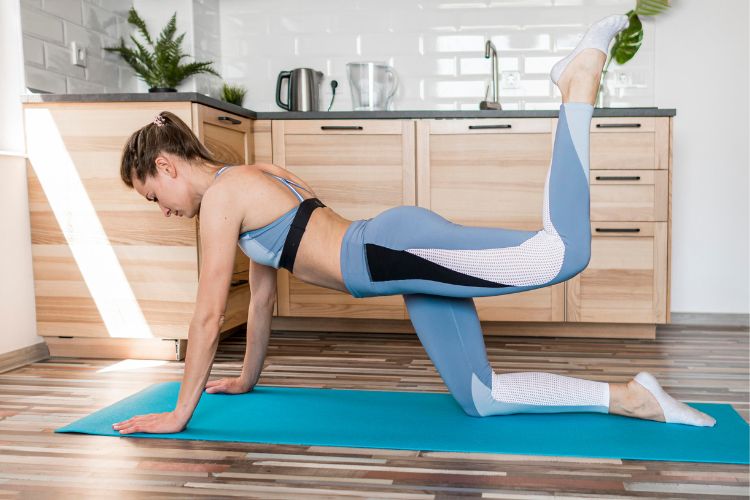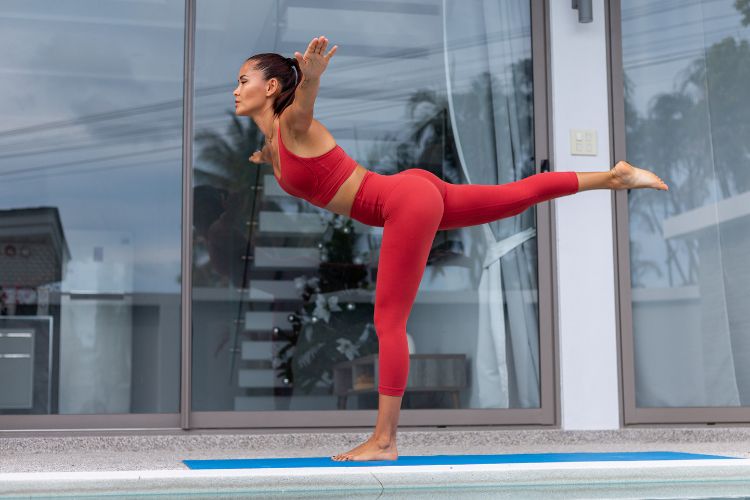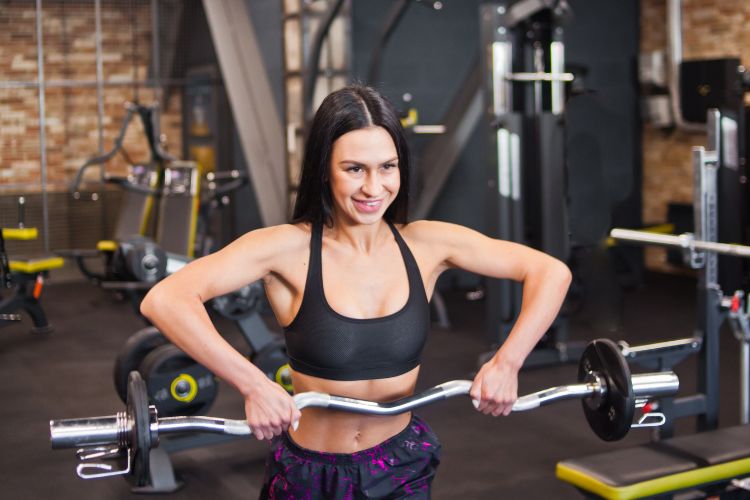Sign up for workout ideas, training advice, reviews of the latest gear and more.





Empowering women isn’t just about boardrooms or equal pay; it’s also about taking control of our health, bodies, and well-being. With the cacophony of advice available on the internet, it’s essential to discern what genuinely works. As women, our bodies have unique needs that differ from men, which means our workout strategies should reflect this. Here are some of the best workout advice tailored for the contemporary woman.
Recognizing your menstrual cycle can play a pivotal role in workout optimization. During the follicular phase (day 1-14), the body can recover faster, making it an excellent time for high-intensity workouts. Conversely, during the luteal phase (day 15-28), one might experience bloating or fatigue. Opting for moderate or restorative exercises like yoga can be beneficial.
The myth that lifting weights will make women ‘bulky’ has been debunked time and again. Strength training can lead to toned muscles, boosted metabolism, and enhanced bone density. Incorporating weights into your routine can help with weight management and ward off age-related bone issues like osteoporosis.
While cardio is fantastic for heart health and burning calories, moderation is key. Overdoing cardio can lead to muscle loss, reduced metabolism, and potential injuries. It’s crucial to strike a balance between strength training and cardio for optimal results.
Whether you’re lifting weights, practicing yoga, or doing pilates, maintaining the correct form is paramount. Improper form can lead to injuries and reduced effectiveness of the workout. Consider working with a trainer initially or using technology (like workout apps with video guides) to ensure your form is spot-on.
Women often neglect the importance of hydration. Water aids muscle function, recovery, and keeps your skin glowing. Make it a point to drink at least 8 cups (64 ounces) daily and more if you’re sweating it out.
6. Fuel Your Body Right
The saying “You are what you eat” holds. Nutrient-dense foods like lean proteins, whole grains, healthy fats, and plenty of fruits and vegetables should dominate your plate. Before a workout, opt for a combination of protein and complex carbohydrates for sustained energy.
Rest is just as crucial as the workout itself. Overtraining can lead to injuries, fatigue, and reduced immune function. It’s essential to recognize when your body needs a break and give it the rest it deserves.
Results don’t come overnight. It’s the small, daily efforts that compound over time. Stick to your routine, even if it means adjusting it according to your body’s needs or your daily schedule. Consistency is the key to long-term success.
Working out with friends or joining fitness groups can be a source of motivation and accountability. Plus, it’s always more fun to share the journey with like-minded individuals!
Every milestone, no matter how small, is progress. Celebrate each step you take towards your fitness goals. You’ve earned every drop of sweat and every muscle ache.
Every woman’s body is unique, and thus, the one-size-fits-all approach does not work. It’s crucial to tailor your workout regimen to cater to your specific needs, preferences, and challenges. For instance, post-menopausal women might focus more on bone-strengthening exercises to counteract the natural decline in bone density, while younger women might prioritize stamina or flexibility.
There’s a myriad of workouts available, from Zumba to CrossFit, and from kickboxing to barre classes. Diversifying your routine not only keeps you engaged but also ensures that different muscle groups are worked, optimizing overall fitness.
Goals should be Specific, Measurable, Achievable, Relevant, and Time-bound (SMART). Rather than setting a vague objective like “I want to get fit,” opt for “I aim to run 5 kilometers in 30 minutes within the next three months.” This provides clarity and a tangible target.
Quality workout gear, especially shoes, can make a world of difference. The right shoes can prevent injuries, reduce impact, and improve performance. Similarly, moisture-wicking clothes can enhance comfort during intensive workouts. Consider it an investment in your health and safety.
Mental well-being is intertwined with physical health. Integrating exercises that cater to mental relaxation and focus, such as yoga or tai chi, can be beneficial. These practices not only enhance flexibility and strength but also improve mental clarity and stress management.
New research is always emerging about the best fitness practices, nutritional advice, and health tips. Stay updated, but always ensure that you’re sourcing information from credible, scientific outlets.
Functional fitness exercises train your muscles to work together, simulating common movements you might do at home, work, or in sports. By training your muscles to work the way they do in everyday tasks, you prepare your body to perform well in a variety of situations.
18. Seek Expert Advice
If you’re new to exercising or looking to switch up your routine, consider seeking advice from fitness experts. Personal trainers or physiotherapists can provide guidance tailored to your needs, ensuring safety and effectiveness.
Maintaining a fitness diary or using digital health platforms can help in tracking progress. Monitoring changes in strength, stamina, flexibility, or even mood can be incredibly motivating and provide insights into areas that need focus.
An active rest day is different from lying on the couch all day. It involves light activities, such as walking, stretching, or gentle yoga. These activities can enhance recovery by promoting blood flow without putting undue strain on the muscles.
As you progress in your fitness journey, it’s essential to keep challenging yourself. Once your body adapts to a particular level of exercise, you’ll need to up the ante to continue seeing results. Whether it’s increasing weights, intensifying your cardio, or trying a new sport, always seek to push your boundaries, safely.
Apart from rest, recovery includes practices like foam rolling, massages, or even Epsom salt baths. These can help in muscle recovery, reduce soreness, and improve flexibility.
While fitness goals often center around health improvements, societal pressures can sometimes skew perceptions towards aesthetics. Remember, every body is a “beach body.” Work out for your health, well-being, and happiness, not just to fit a particular mold.
Fitness is a marathon, not a sprint. There might be days or even weeks when you don’t see noticeable changes. But the unseen improvements, be it in bone density, heart health, or mental well-being, are continuously accumulating.
In the structured world of reps, sets, and routines, it’s easy to forget the inherent joy of movement. Dance, play a sport, or simply go for a hike. Embrace activities that make you feel alive, and remember, the best workout is the one you enjoy and will stick to.
An empowered approach to fitness is about understanding, respecting, and nurturing your body. By merging scientific understanding with self-awareness and patience, every woman can craft a fitness journey that is not only effective but also joyous and sustainable. Celebrate every victory, learn from every challenge, and never forget – your health is your wealth.
Stay up to date on the latest women’s health, fitness and lifestyle trends and tips.